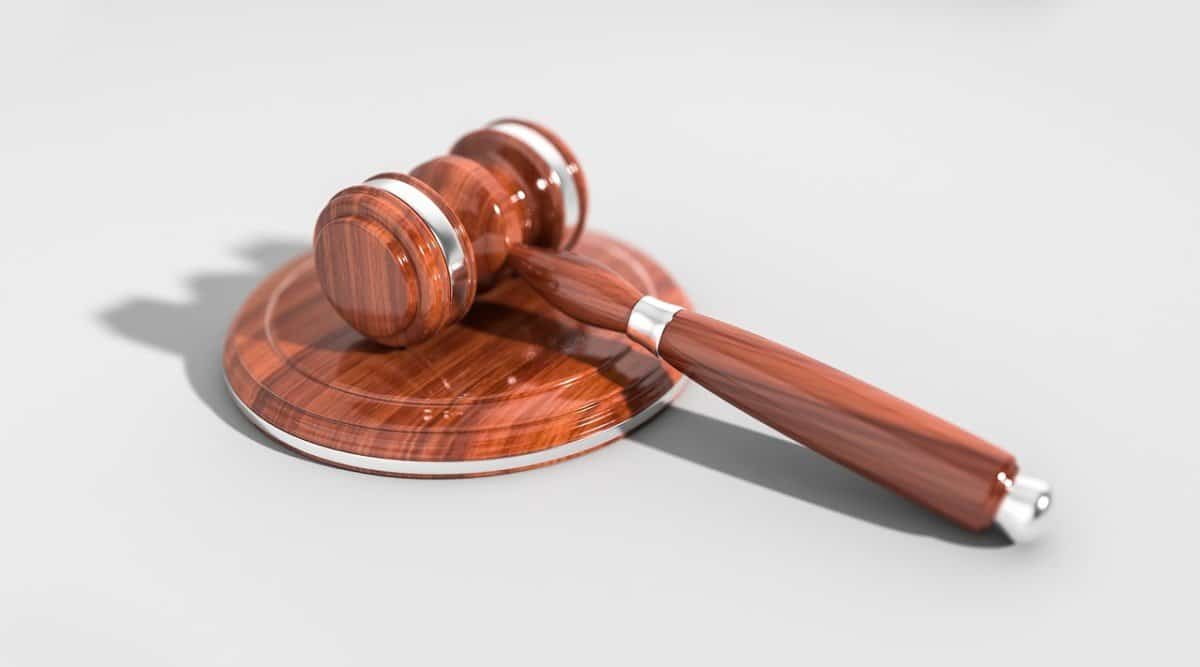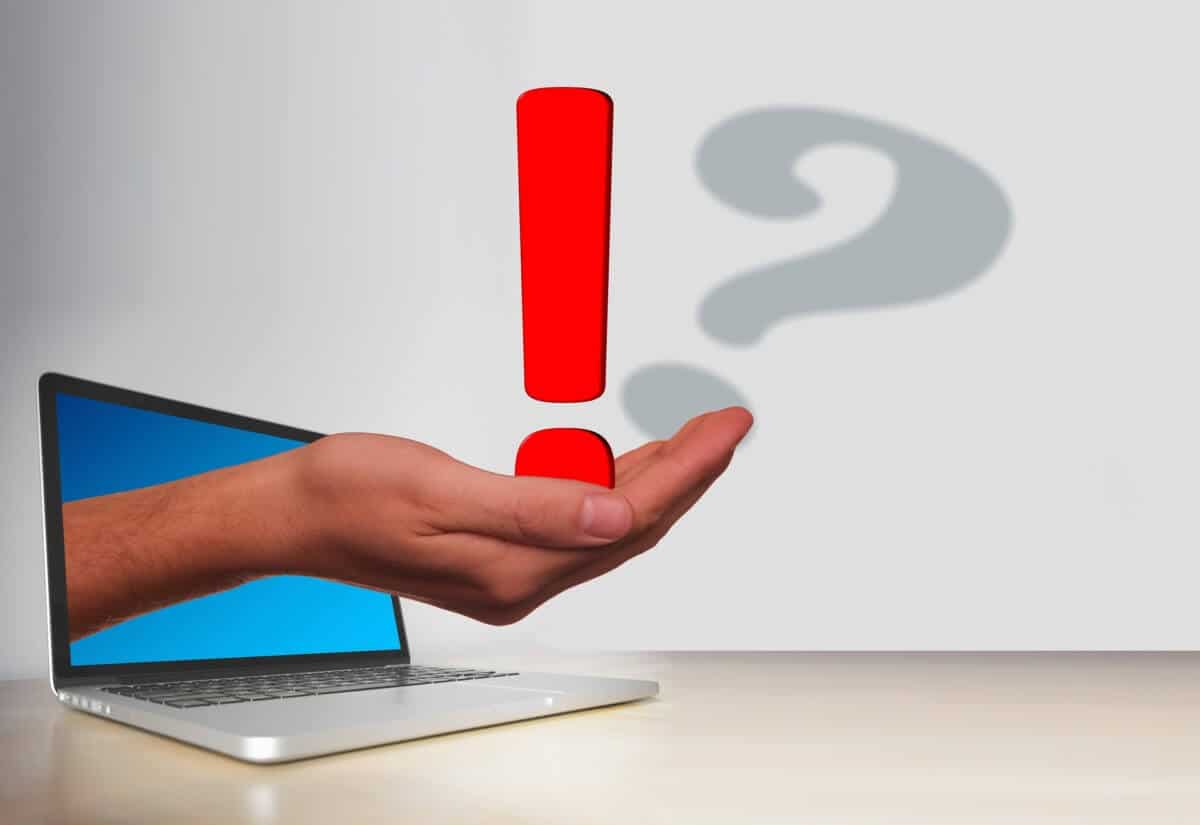Unauthorized resellers plague the Amazon Marketplace. Manufacturers, brand owners and authorized resellers are constantly facing abuse from these bad actors. They list without permission, stealing sales and damaging brand reputations. What makes them an even bigger problem is that Amazon doesn’t usually do anything about them. But you can.
Here’s how you can recognize the different types of Amazon unauthorized resellers and what you can do in each situation to stop them from hurting your business.
Who Are Considered Unauthorized Resellers?
Simply put, Amazon unauthorized resellers are third-party retailers who buy your products and resell them without first getting your permission to do so. They therefore have no right to sell these products because they haven’t established an official relationship with your company. But they do it anyway. And they usually sell at lower prices to steal customers away. They can also be worse, creating or purchasing knockoffs to pass off as your product to unsuspecting customers.
Unauthorized resellers plague the Amazon Marketplace. Manufacturers, brand owners and authorized resellers are constantly facing abuse from these bad actors. They list without permission, stealing sales and damaging brand reputations. What makes them an even bigger problem is that Amazon doesn’t usually do anything about them. But you can.
Here’s how you can recognize the different types of Amazon unauthorized resellers and what you can do in each situation to stop them from hurting your business.
Who Are Considered Unauthorized Resellers?
Simply put, Amazon unauthorized resellers are third-party retailers who buy your products and resell them without first getting your permission to do so. They therefore have no right to sell these products because they haven’t established an official relationship with your company. But they do it anyway. And they usually sell at lower prices to steal customers away. They can also be worse, creating or purchasing knockoffs to pass off as your product to unsuspecting customers.
Unauthorized resellers are right up there with counterfeiters on Amazon.
Why Does Amazon Not Take Action?
With all their rules and guidelines, Amazon does not always have very clear policies. One of these is product listing. It can be inferred that listings on the marketplace are available to all who sell the same products.
Unauthorized resellers take advantage of this gray area by listing against brand pages. They aren’t necessarily counterfeiters, but they manipulate the policy to undercut brand owners.
When unauthorized resellers sell below a manufacturer’s Minimum Advertised Price (MAP), they are technically in violation of MAP policies. It isn’t a severe violation, however, so it goes on under the radar. More often than not, Amazon decides to stay out of disputes between manufacturers and resellers, even the so-called “gray” ones.
When pricing is mentioned, many get a standard response when bringing Amazon unauthorized resellers to the marketplace’s attention. Basically, Amazon does not get involved in pricing disputes. Any complaint that centers on someone selling below MAP will likely be ignored.
Amazon will, however, remove any unauthorized reseller listings that violate the law. Unfortunately, they do not keep a close eye on such violations, and the burden of proof is on you as the rights owner.
Is it Important to Stop Unauthorized Resellers?
The simple answer is, yes. Amazon unauthorized resellers can wreak havoc on a brand’s business.
Like counterfeiters, they basically steal profits by selling below MAP and winning the Buy Box – very shady dealings indeed. In so doing, they disrupt the brand’s hard-won customer base and retail network. They also often destroy the company’s reputation in the process because they do not maintain the same standards as the actual brand. Customers will always blame the name they know. Even if they don’t actually see the brand name on the product, they recognize the product and that’s enough.
Understand How Unauthorized Resellers Operate
Not all Amazon unauthorized resellers are aware that what they are doing is illegal. These guys are easy to stop because they will usually be ashamed of their mistake and correct their behavior immediately. It’s the ones who are aware of their bad behavior that are difficult to stop because they know they have to hide so they take a lot of steps to make sure they can get away with it.
Here are a few examples of the common tricks that career unauthorized resellers use to steal brands’ sales:
Phony Names – changing display names.
Sellers can change their display names every day if they want to. If you don’t know their seller IDs, you can’t effectively track them or take them down.
New Sellers – rebuilding their identity under another phony company name.
If you do catch a seller, all they have to do is create a new seller account and start all over again. It’s just a matter of time. Many of the biggest offenders manage multiple seller accounts.
Phony ASINs – creating new ASINs for your products.
Because you have no way of knowing what those new ASINs are, you’d be hard put to identify them. Even if you use software, these fake ASINs can be missed.
Some even create multiple phony ASINs to push legitimate seller pages down the rankings so they can catch an even bigger share of the sales. They manipulate Amazon’s policy on allowing different ASINs for slight variations.
Exaggerated Details – creating hype to lure customers.
Manufacturer’s product details can be altered to make unauthorized listings more attractive against the legitimate competition. They don’t care that the information is inaccurate or misleading because they won’t suffer the consequences of customer anger and public distrust that erode brand value.
To put a stop to unauthorized resellers and their disruptive behaviors, you must first distinguish between them based on their violations so that you can apply the correct countermeasures.
Types of Infringement and How to Prevent Them
There are three basic types of infringement that are a danger to every legitimate seller on the marketplace.
Trademark Infringement
This happens when Amazon unauthorized resellers use registered trademarks to sell product without first establishing the proper business relationship. As a brand owner, having a trademark isn’t enough.
Remember that on Amazon, every listing published is automatically considered as implied permission to keep that listing live wherever Amazon exits, and by extension, any seller with a product that matches its description. This applies to even product listings that use branded trademarks.
Copyright Infringement
This happens when Amazon unauthorized resellers create a listing to sell your actual product, and/or use your brand assets without your permission. It also applies when unauthorized resellers use these materials to promote a product that is not your product, i.e. a similar product or counterfeit copy, or sell a copy under their own brand name.
First Sale Doctrine
One issue you might come up against is Amazon unauthorized resellers using the First Sale Doctrine to rebut your claim. In short, they will prove that first, they bought that product and so they own it, and second, they are allowed to list and sell it on Amazon.
This is why you must make sure that your brand and products under it are properly protected. This means getting your trademark protection properly set up so that you can enforce it even if Amazon won’t.
Trademark and Copyright Protection
If you’re just getting started, do some research to find out if your trademark is eligible for early application, i.e. before you officially start doing business. This way, you can get an earlier filing date and properly secure your products before they are even offered for sale.
If you’re already on Amazon, first get your products registered with the United States Patent and Trademark Office (USPTO). This will grant you the right to use the ® symbol for federally registered trademarks. If the product cannot be registered, you can go to the US Copyright Office or at least your state’s trademark registry, or international registries. In the meantime, you can use the © or TM symbols as a public statement that you know your rights, have protections in place, and are prepared to enforce them.
Next, make sure that you have documentation that protects your company’s rights, and documentation that clearly states how your products belong solely to your company, regardless of who within the company was involved in their creation and/or development. You must also have non-disclosure and non-competition agreements with anyone within your company who works in product development and with trade secrets.
Also check with a patent attorney to see if your product qualifies for a patent to further protect it from counterfeiting.
Countermeasures on Amazon
It’s best to take the trademark / copyright infringement route if you want any help from the marketplace.
As a registered trademark owner, you can now get the marketplace to take action. Always be vigilant so you can stop Amazon unauthorized resellers before they can do much damage or properly establish themselves and hide their tracks. Amazon will usually shut the infringing listing down if you can prove both ownership and the violation.
Vigilance
The most common type of copyright infringement seen on Amazon apart from the actual listings themselves is when unauthorized resellers take materials like photos and text from brands’ websites, social media pages, Amazon and other ecommerce listings and use them on their own listings.
You don’t need to have all the materials you use copyrighted, but you must be able to prove that you have them on your brand website or official social pages, etc. Basically, you must prove that they were taken from you. If satisfied, Amazon will take them down.
Evidence
As soon as you notice that someone is advertising your products for sale, start gathering evidence of their illegal use of your brand name, trademarks and the like. Most likely, it will be the use of your branded trademark in their product titles, your brand or trademark name in their product features or descriptions, etc.
Screenshots of the infringing listing including the link to the page and more detailed closeups of any other material used without your permission will suffice. Then prepare documentation in Amazon’s preferred formats to support your infringement claim.
You should see positive results within a few days if you give clear evidence and diligently follow up with support.
Additional Help
Signing up for Brand Registry and practicing brand gating will also help you to set yourself up so that you can effectively combat trademark and copyright infringement. This will not eliminate the game of whack-a-mole, but it can make the process of getting rid of these bad actors smoother. As you deal with them more efficiently, it becomes easier to keep their numbers under better control.
Remember that the biggest and most immediate problem that unauthorized sellers cause is loss of sales.
Reviews and ranking are gold on Amazon because it’s what encourages more sales. Customers who are angry because they bought a knockoff will lash out by posting a bad review on your listing, which is almost impossible to remove. Be proactive about getting your trademarks in place and making them enforceable before you suffer permanent damage.
Distribution Enforcement
So you have your trademark and you can prove when someone is violating it or using it without permission. The next thing you need to be able to prove is that these unauthorized resellers are creating confusion on the marketplace.
As mentioned above, customers don’t usually know or care to make an effort to know what they’re actually getting when they make a purchase. Many times, they blindly trust in listing information and brand names. This is how brand reputations get ruined when customers don’t get what they expected.
You need to be able to prove that this is happening because of the actions of Amazon unauthorized resellers.
Distribution Protection
You can’t always succeed at educating consumers to protect your brand’s reputation and secure their business in the face of the threat of unauthorized sellers. Your target customers rarely have the time to find out what they will get when they purchase from you versus some other seller where they can get the item (whether it’s your actual product or a knock-off) cheaper. All they care about is what they expected to get.
Fortunately, you can use this to your advantage by proving that Amazon unauthorized sellers are creating confusion among customers on the marketplace. They key here is to establish clearly identifiable material differences in your product versus what they’re selling. To do this you can:
– offer warranties and guarantees for legitimate purchases from your store
– publish product control information that shows the quality standards that you uphold
– create special offers that are redeemable only through your brand page or authorized resellers
– distributor and reseller agreements clearly structured with specific clauses pointing out material differences in each product and creating an ability for you to approve every reseller beforehand
The main thing you’re after here is making your trademark enforceable. When customers start complaining that their friend got this and they didn’t, you’ve got your proof of confusion on the marketplace. These material differences will distinguish your legitimate product and identify all unauthorized, copyright and trademark infringing products and sellers.
This will take care of MAP violations as well, if properly structured to include that information. Get an experienced attorney to draw everything up for you. MAP is enforceable according to US law, so you just have to make sure that you aren’t leaving any loopholes for Amazon unauthorized resellers to slip through.
Duplicate Listings
On the other side of the coin of unauthorized piggybacking is duplicate listings. You don’t want unauthorized sellers on your listing with cheaper items of lower quality. You also, however, don’t want authorized resellers advertising your product on poor copies of your main listing. They can both hurt your brand significantly.
Moreover, duplicate listings take reviews away from your main page. And they affect number one best seller rank, too. Be proactive about searching for and taking down duplicate listings before they steal your gold.
More Tips to Stop Unauthorized Resellers
Here’s a list of additional steps you can take to mitigate unauthorized reseller problems.
Restricted Brand
If you have a counterfeiting problem, you can apply to become a Restricted Brand on Amazon. Gaining this status sets a limit on which resellers can sell your products on Amazon. This is a bit aggressive for anything but copyright infringement and takes more effort to achieve, but it works well.
Be aware of the caveat, though, which is that your own retail channels may become restricted on the marketplace, prevented from selling certain products regardless of how good your standing is in the Authorized Dealer Network.
Automate Brand Protection
Invest in solutions designed to identify unauthorized resellers to automated tracking and protection for your brand. By running continually, you can identify and take action against them faster to send a clear warning to others and protect your profits.
Be Vigilant
Even if you only have the power to do manual searches, it’s better than doing nothing. If you’re brand registered, then you can use the tools that Amazon provides.
Be on the lookout for duplicate listings and sellers who are using your branding and/or listings.
Run an ASIN count and look at related products that have the same product image but a different name than yours.
Find unauthorizes resellers’ seller IDs in the URLs of their seller profiles and take note of them to identify them when you file a complaint. (Seller IDs don’t change even the seller display names change every day.)
Use Brand Registry 2.0 to search all ASIN’s that use your trademark name. This will pull up even old, archived listings so you can gauge the seriousness of your problem and possibly catch sellers who are playing hide and seek – they take down listings only to put them back up when you’re not on high alert.
Do photo and/or copyrighted image searches using your product photos and other brand collateral to see all the listings that are using that image.
Use the Law
Send out draft legal notices or complaints addressed to unauthorized resellers by name, stating exactly what you require them to do based on your rights as brand owner.
Make infringers feel the pressure of your enforceable trademark by warning them that you will file a federal trademark lawsuit is they do not comply.
Create and maintain that image that you will enforce your brand.
Final Thoughts
Always keep in mind that it’s not Amazon’s policy to help you as a seller. They are ultimately only concerned about violations to their policies. They don’t care about what infringes on your trademarks. You need to come at the problem of Amazon unauthorized resellers from the marketplace’s perspective to be able to enlist their help.
Here are a few examples of the Prohibited Seller Activities that you can use against unauthorized resellers:
– diverting transactions or buyers to pages outside of Amazon
– multiple seller accounts
– phony, solicited and/or incentivized reviews and feedback
Remember that Amazon will usually only help if you are able to provide proof of these abuses as they relate to Amazon policies. If you’re dealing with a somewhat gray area and can’t gather good enough proof from screenshots and the like, it’s worth it to go as far as to do a test buy, documenting every stage of the purchase experience to give Amazon the complete picture.












